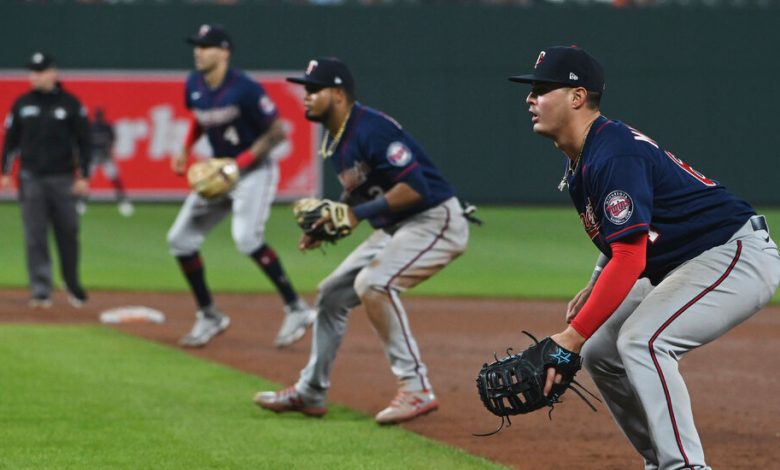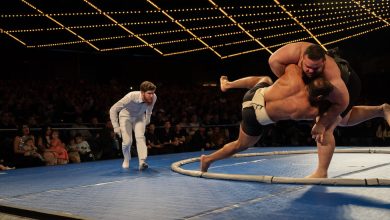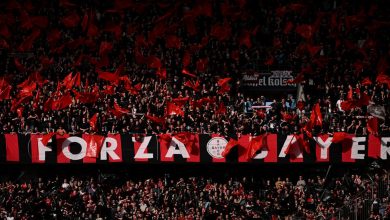M.L.B. Bans the Shift and Adds a Pitch Clock for 2023

Radical defensive shifts are headed the way of flannel uniforms, train travel and organ music as Major League Baseball, a sport searching for its identity, moved Friday to institute some significant rules changes for 2023.
Looking to increase offense and hasten the game’s pace, M.L.B.’s 11-person competition committee voted to restrict defensive shifts, institute a pitch clock and increase the size of the bases.
Most significant appears to be the restriction on defensive shifts, which have proliferated at a rapid rate over the past decade as the game has veered sharply toward analytically inclined front offices. Beginning in 2023, two infielders must be positioned on each side of second base when a pitch is released. Furthermore, all four infielders must have their feet positioned in the infield cutout in front of the outfield grass.
A pitch clock will be set to 15 seconds between pitches when the bases are empty, and it will count down from 20 seconds with at least one runner on base. With a runner aboard, a pitcher will be limited in each plate appearance to two pickoff attempts (or steps off the pitching rubber). After that, a pickoff throw will result in a balk — unless the pitcher is successful in obtaining an out. And if a base runner advances, the pickoff/step-off count of two will be reset. Additionally, the batter will be required to be in the box and ready with eight seconds remaining on the pitch clock.
The bases will increase in size to 18 inches square from 15 inches in hopes of protecting the health of players — the chances of a first baseman having his foot stepped on should decrease. As an added measure, the bigger bases could encourage more stolen bases.
“These steps are designed to improve pace of play, increase action and reduce injuries, all of which are goals that have overwhelming support among our fans,” Commissioner Rob Manfred said in a statement. “Throughout the extensive testing of recent years, minor league personnel and a wide range of fans — from the most loyal to casual observers — have recognized the collective impact of these changes in making the game even better and more enjoyable. We appreciate the participation of the representatives of the major league players and umpires in this process.”
The competition committee is made up of six representatives from the Commissioner’s Office, four union representatives and one umpire. The players voted against the shift and pitch clock changes, but the vote on changing the base size was unanimously in favor.
“Players live the game — day in and day out,” the union said in a statement. “On-field rules and regulations impact their preparation, performance and, ultimately, the integrity of the game itself. Player leaders from across the league were engaged in on-field rules negotiations through the Competition Committee, and they provided specific and actionable feedback on the changes proposed by the Commissioner’s Office.
“Major League Baseball was unwilling to meaningfully address the areas of concern that players raised, and as a result, the players on the Competition Committee voted unanimously against the implementation of the rules covering defensive shifts and the use of a pitch timer.”
The pitch clock has been tested in minor league baseball this season, with different time allowances than will appear next year in M.L.B. In the minors, pitchers were allowed 14 seconds between pitches, and 18 seconds with at least one runner on base (19 seconds in Class AAA). The results were dramatic: The average length of a nine-inning game with a pitch clock has been 2 hours 38 minutes, down from 3:04 last year. According to M.L.B., stolen bases per game also increased from 2.23 (68 percent success rate) to 2.83 this season (77 percent success rate).
Daniel Bard, a reliever for the Colorado Rockies, believes a pitch clock makes it too difficult for a pitcher to hold a runner on base.
“I talked to some guys in Triple-A and they say you’ll be getting a sign and you’ll say no to a fastball outside because you want it in,” he said in a recent interview. “Then you’ll say no to a slider, no to a changeup and the clock is ticking down and you go, well, I better throw that pitch.”
He added: “Is that how you want to do it? I don’t think so. Not in my eyes.”
The lack of defensive shifts could cause an even more noticeable change. According to data from Sports Info Solutions, the use of defensive shifts on balls put in play increased from 2,357 in 2011 to 28,130 in 2016 to 59,063 last season. Through midseason this year, clubs were on pace for 71,000 shifts in 2022.
As these numbers have increased, offense has decreased. This year’s overall batting average of .243 through Thursday tracks as the lowest mark since 1968 and the third lowest mark since 1908. When the game’s overall batting average dipped to .237 in 1968, baseball responded by lowering the pitching mound from 15 to 10 inches for the 1969 season.
Four years later, in another move designed to increase offense, the American League adopted the designated hitter. The D.H. finally became universal when it was instituted in the National League this summer. But even with that change, batting averages have remained historically low.




